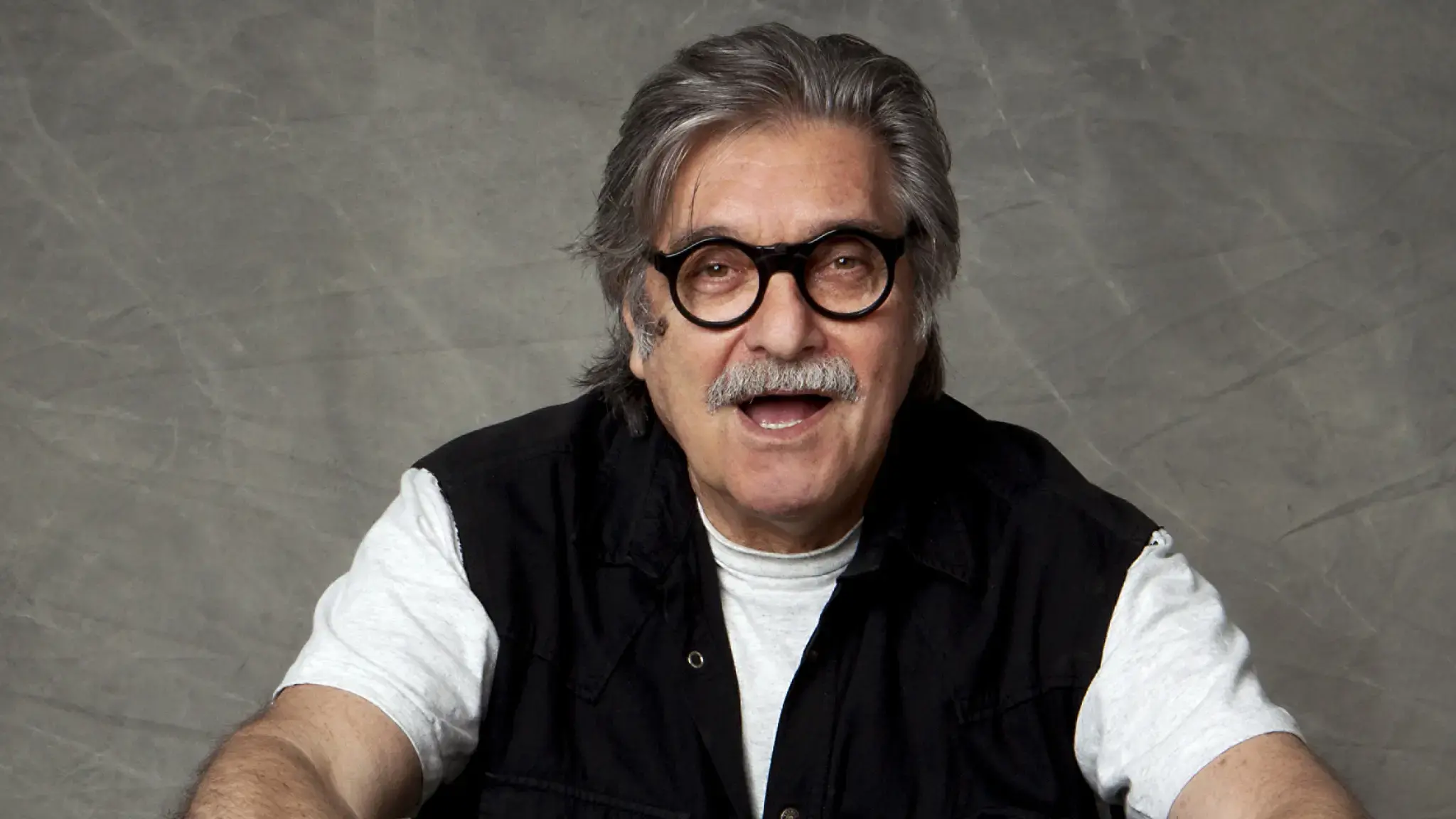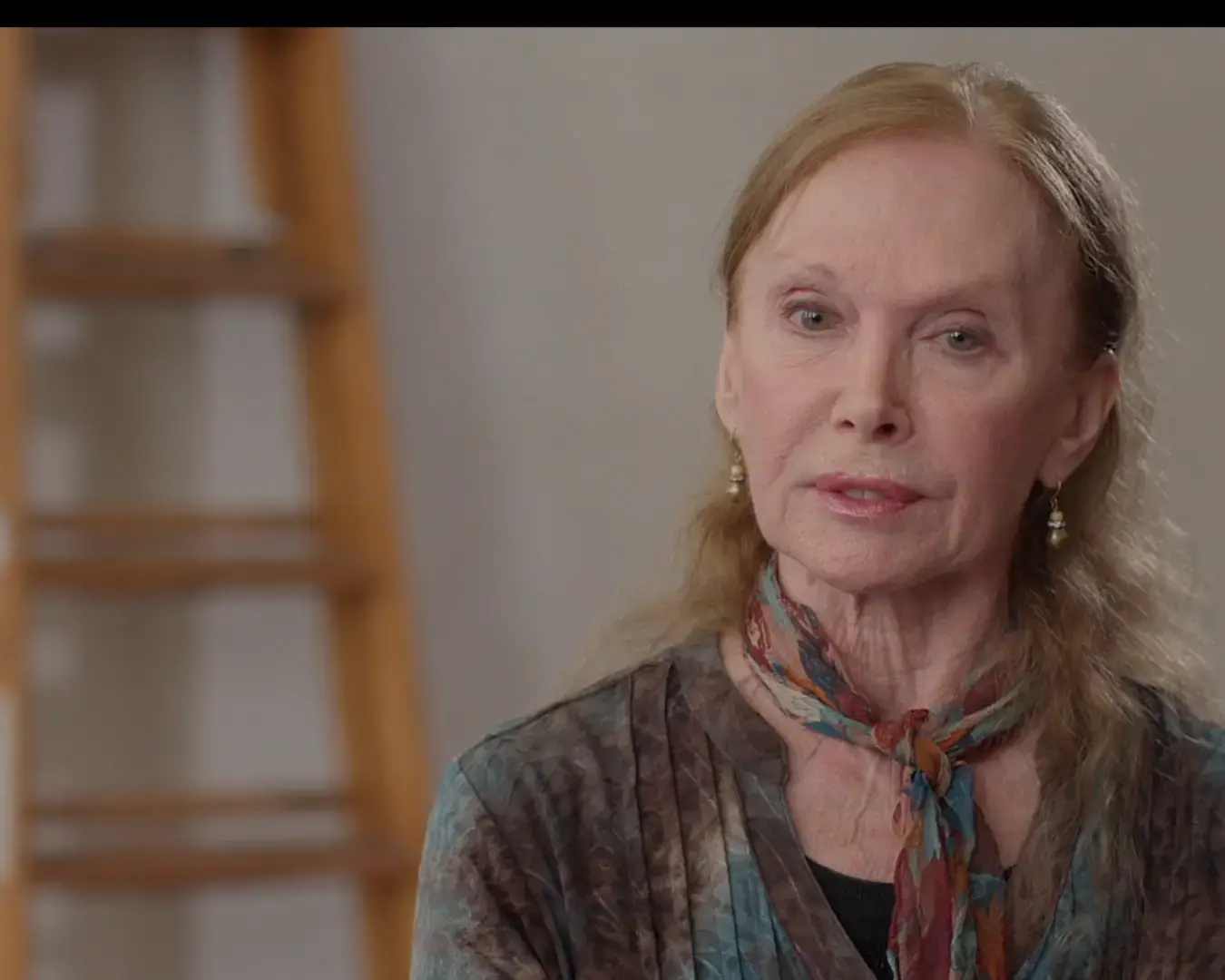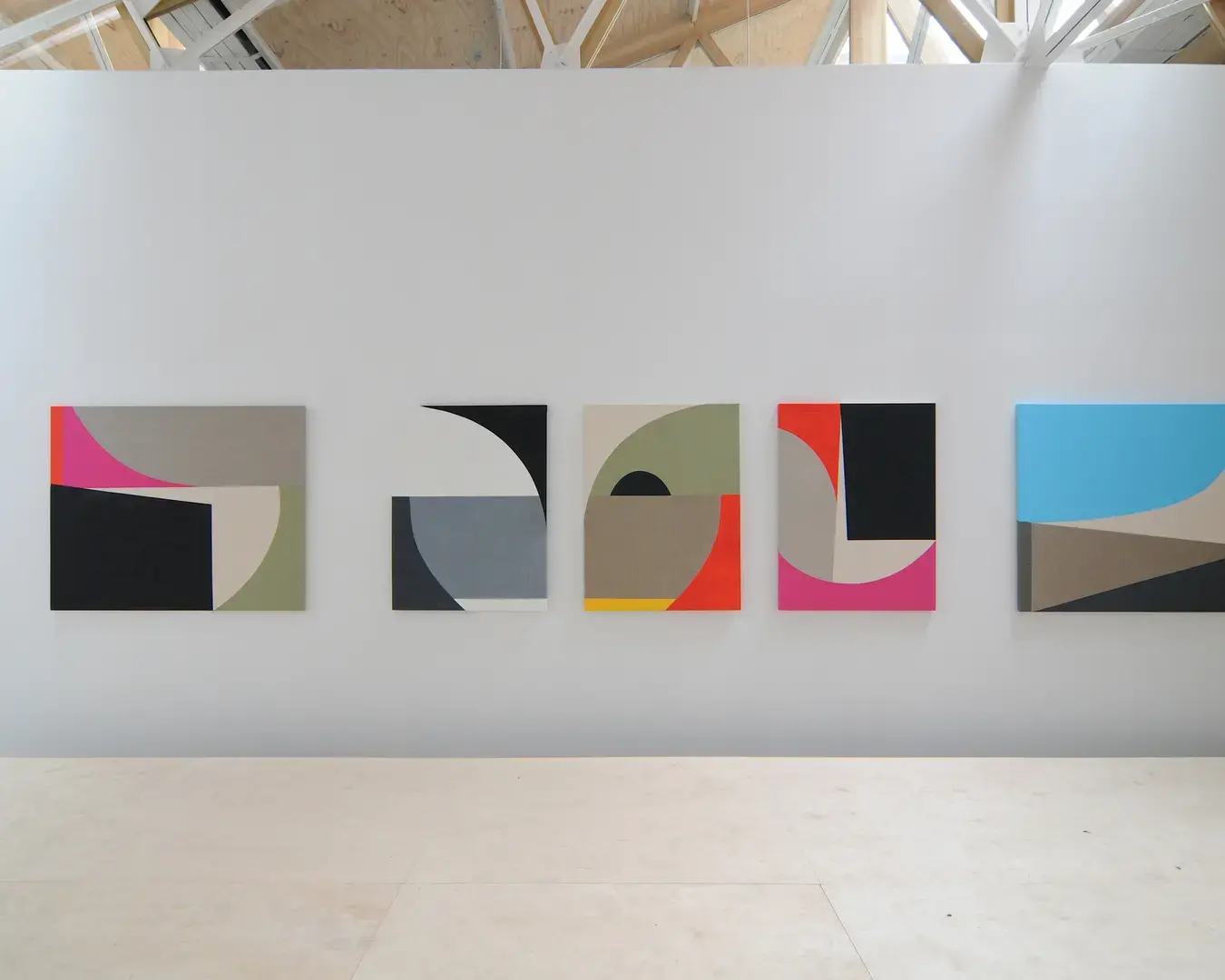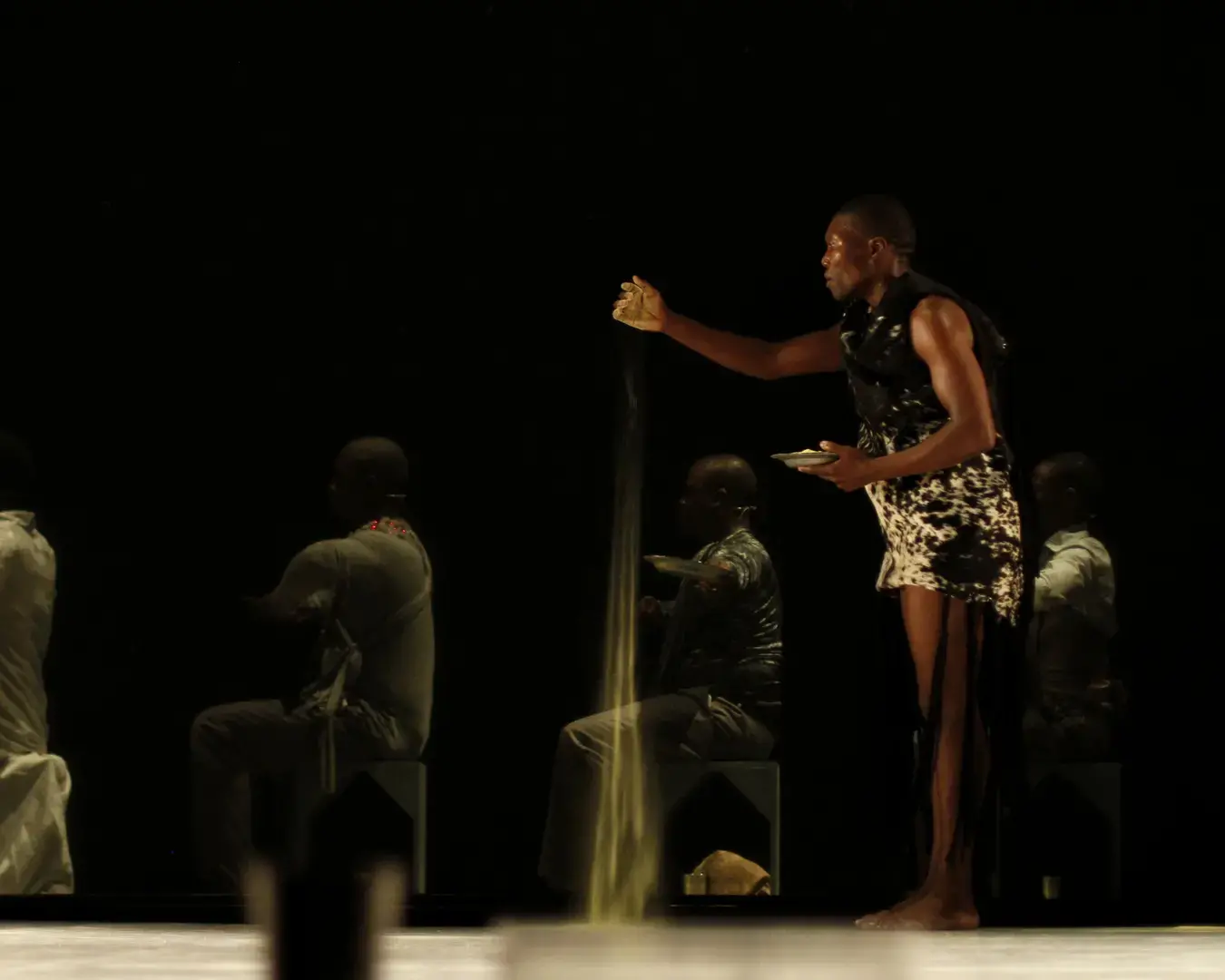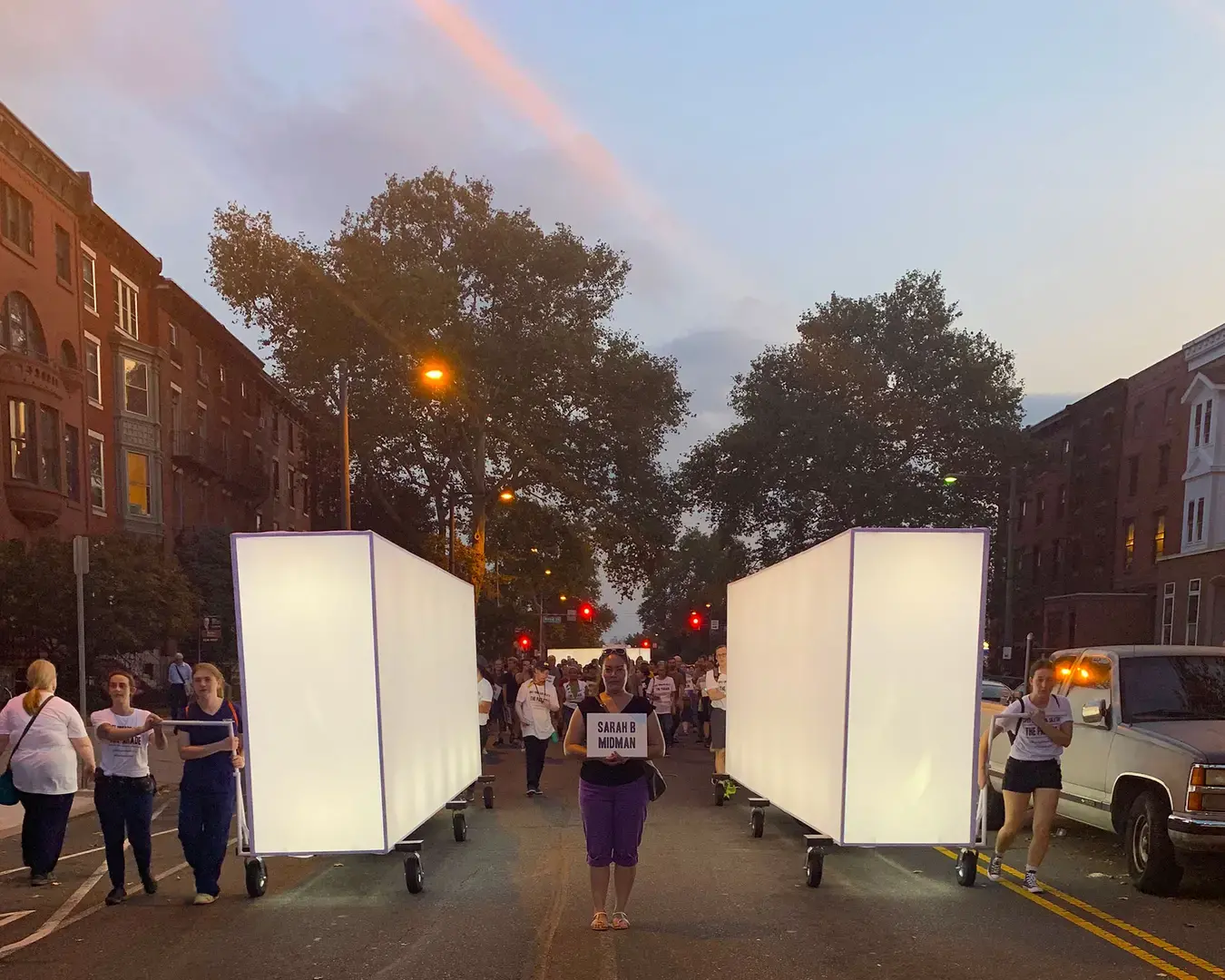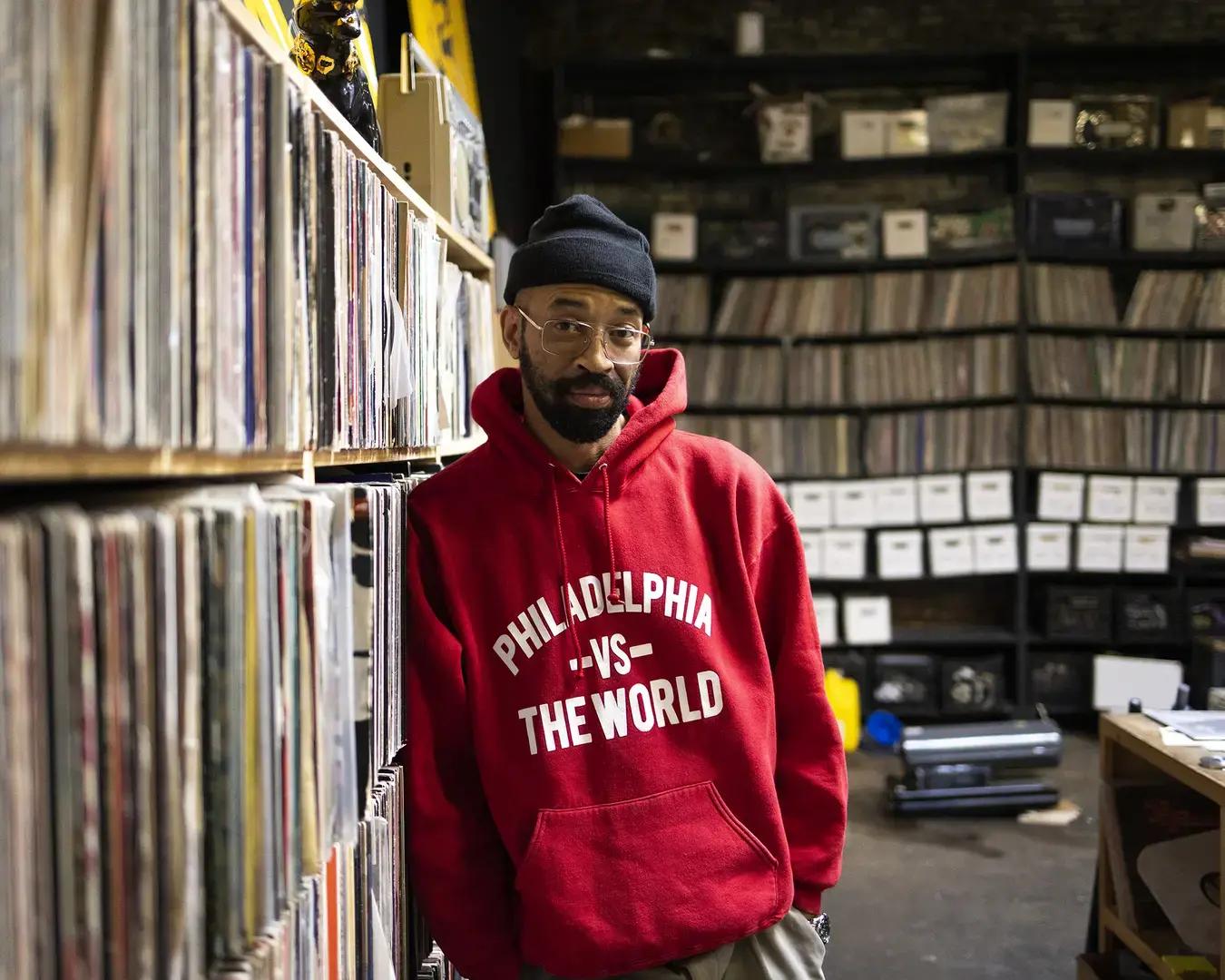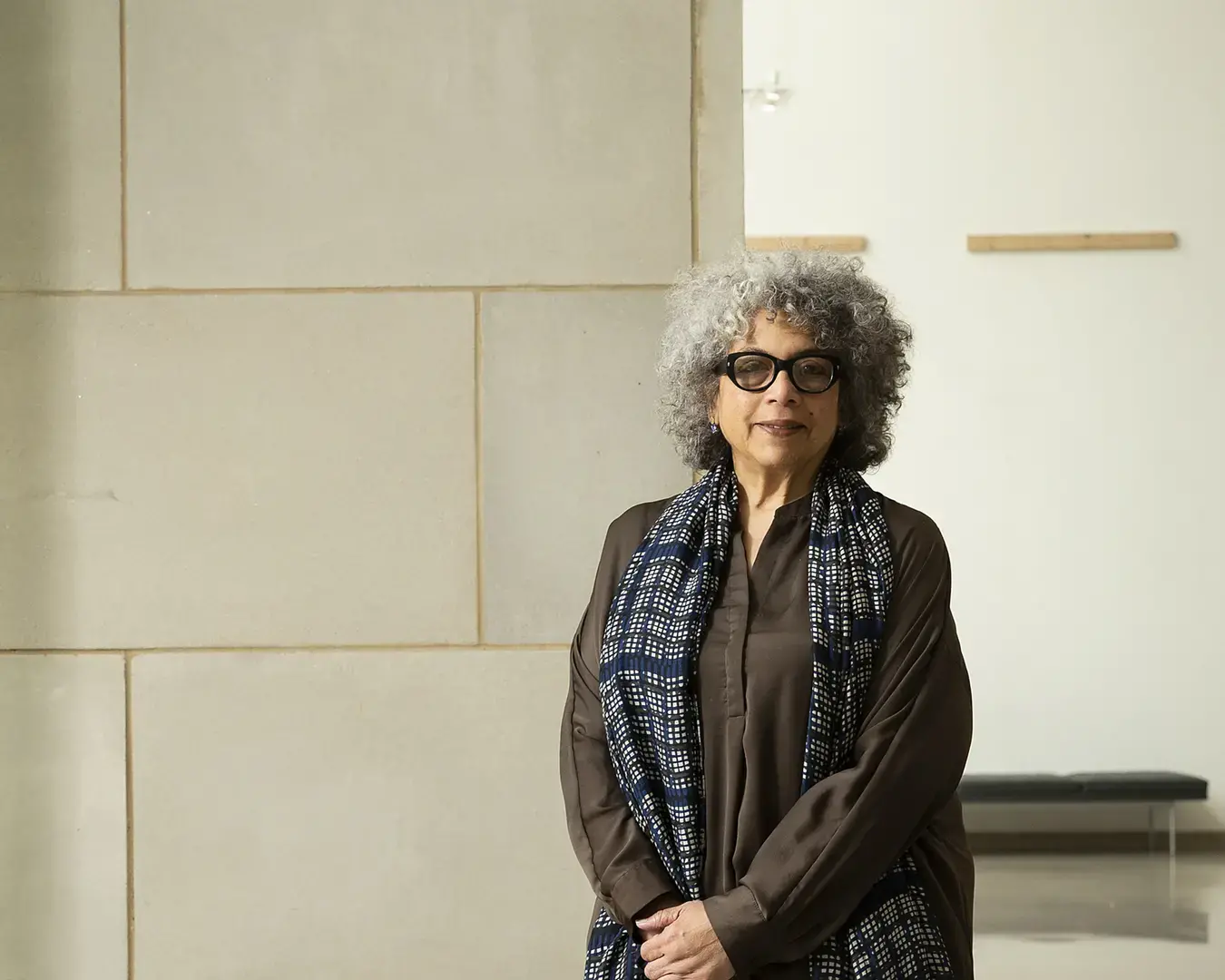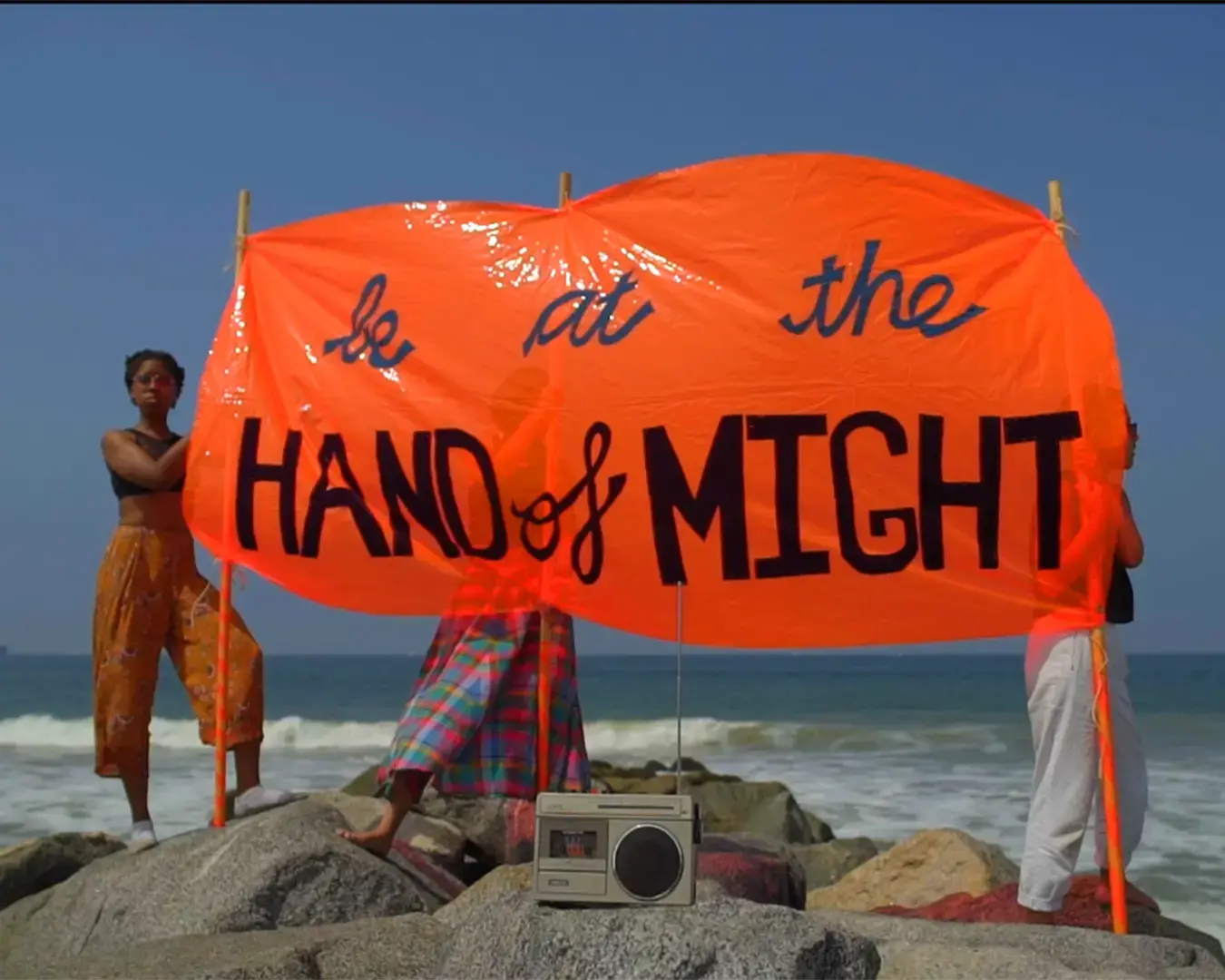David Gordon (1936-2022) constructed dances. In the videos below, he reads from two of five artist statements he contributed to the Center publication The Sentient Archive: Bodies, Performance, and Memory, which gathers the work of artists and cultural practitioners in dance, architecture, science, and the visual arts with essays that cross boundaries within and between disciplines, and illustrate how the body serves as a repository for knowledge.
Gordon's plain—and practical—approach to text reveals the internal and constant transformation of the artist’s mind. He takes us inside a creative practice that repurposes time, making something new from what has gone before, making performance from the lives of others as well as from his own.
Gordon reads from “I Know That Person, I Am That Dancer.”
Close Transcript
"I Know That Person, I Am That Dancer" — circa 2000. Movement is movement and dancers are collections of steps, possibly gorgeous, which, once in a while, add up to something greater than their parts. Dances may be glorious, reverberating abstractions or eloquent, high-class dance storytelling or thoughtful, emotion-provoking, nonlinear narratives. But dancing, no matter what, always seems to me to be about the people who do it.
Dancers touch each other, avoid each other, take each other's weight, give each other focus, or deny it. They dance in unison and in and out of sync and in and out of shared time and space. They pay attention to each other and the power of their attention has dramatic resonance. The social, sensual implications of pairs of people reacting physically to words or music or words as music or silence or the sound of their own footsteps or each other's breathing can be recognized and understood. Oh, I know that person, I am that dancer.
I make dances for the pleasure of meeting the dancers who do them. I spend hours in the studio inventing, reinventing, organizing, reorganizing, agonizing, and recognizing valuable movement qualities in others that I do not possess. I take on projects I don't know how to do. And I relish the dangerous journey.
PermalinkGordon reads from “One Artist’s Disintegrating Paper Trail.”
Close Transcript
"One Artist's Disintegrating Paper Trail," 2007. I have begun to assess and catalog, 50 years of photographs, contact sheets, slides, original negatives, audio tapes, cassette, and reel to reel, posters, flyers, mailer's, original typed and handwritten scripts, before I learned to use a laptop.
Costume-- some handmade by me, numerous administrative files as well as beta and VHS tapes and master tapes, recorded rehearsal, recorded live performance, and created for TV broadcast. A majority of these materials are currently housed in my studio, my company office, and two storage spaces.
If I must begin to look back over my shoulder, then a fusion of archeological dig plus first person rigorous collection, and critical annotation with a contemporary I would actually interest me. I was ambivalent, when I received the first of three NEA American masterpiece grants but with great frequency and practicality, we go where the money is.
[MUSIC PLAYING]
I watched the original record video of the 1983 work Trying Times for the first time in 25 years and chose to remove the color and to project that video during performance. I located the original dancers for permission to use their images. So the new dancers might perform with the original cast. Valdes Satterfield danced variations on her 25-year-old solo with her own projected image.
[MUSIC PLAYING]
I called it Trying Times, Remembered and six original cast members showed up in LA and at the 25th anniversary at DTW in New York City. 1982, they were the original commissioner. These performers are out there for now. I would like to initiate a rigorous video interview process, not a trip down memory lane but a compilation of competing memories.
Documentation of the true multiplicity surrounding the ephemeral form of live dance performance. Old work, as new work is my name for this process of recreation and its archival relative. I was awarded a second NEA American masterpiece grant this time through the NEA presenting program to reproduce Shlemiel the First, 1964.
My longtime stage manager revealed his cache of original blueprints, tapes, programs, and notes. We kept new notes, as we recast, rehearsed, and readied for Montclair 2010 performance. Archiving, I now believe might frequently begin while the work is coming into existence, instead of a long time after it's over.
I just received a third NEA American masterpiece grant for dancing Henry Five, 2004. I am gathering related materials together before we begin to recast and rehearse. So new performers might get a look at the archival history of this work, as they approach its next newest and possibly final live existence.
This will not stop me from radically reworking those parts that need the work. It's vital to me that the design of this archive would be representative of and compatible with original creative impulses. The style with which art is documented should as much as is practically possible, be consistent with styles in which the art was originally conceived and produced.
In this way at least as long as I am here to facilitate history as a lively dialogue between creator and multiple viewpoints of past, and present, and aesthetics, and economics, and politics, and performers body memory, whenever possible rather than one artist's disintegrating paper trail.
[MUSIC PLAYING]
[APPLAUSE]
Permalink